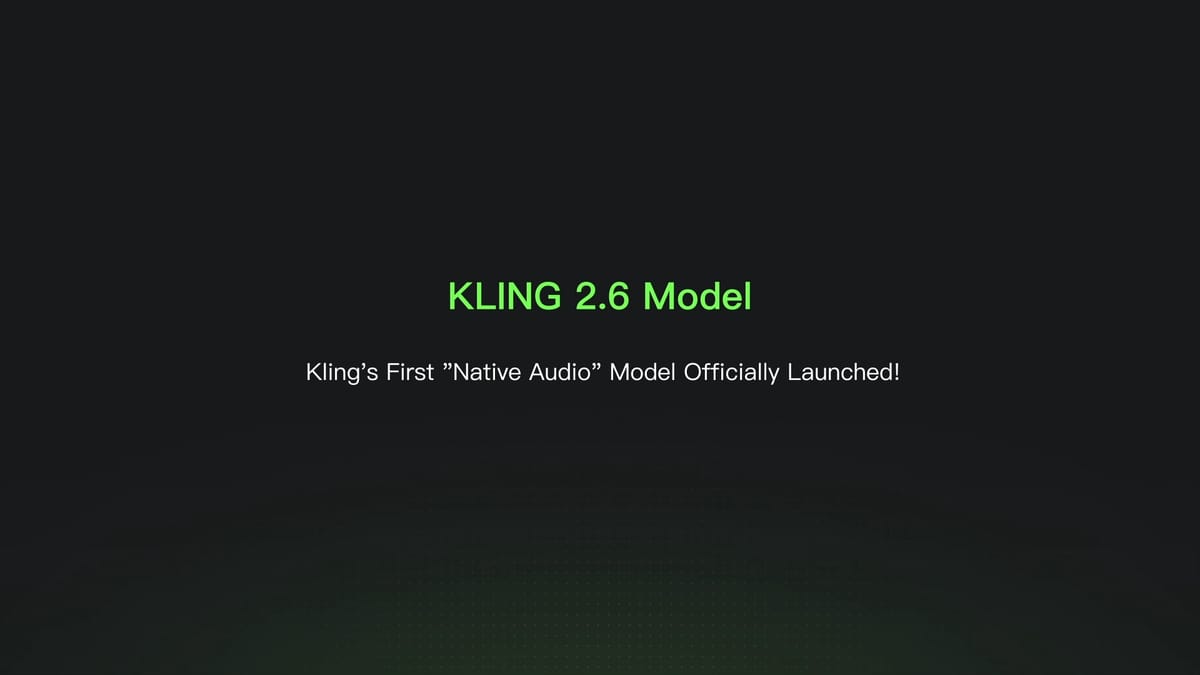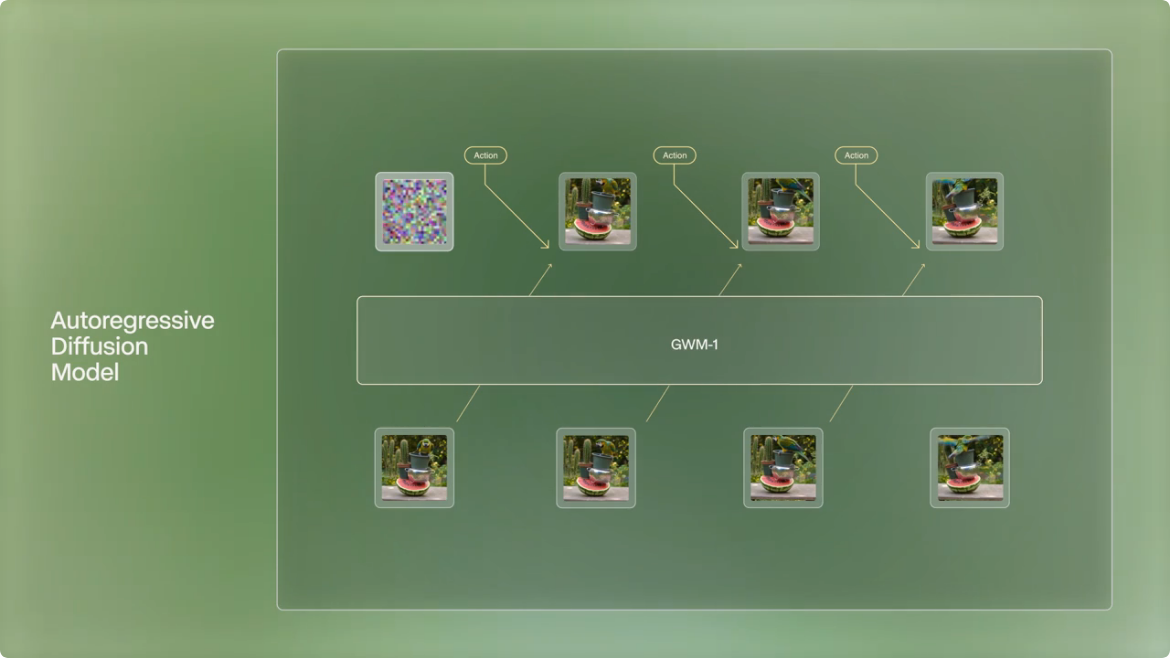AI Demo Jam is a new event series organized by Dnipro VC together with Data Phoenix. On March 20, six AI startups presented their products live during the first AI Demo Jam. In this video, you'll see the demo from CopySight AI.
CopySight AI: first tool to enable safe genAI usage for enterprise-level content.
AI Demo Jam: CopySight AI
Watch the live demo of CopySight AI from AI Demo Jam. CopySight AI is the first tool enabling safe GenAI usage for enterprise-level content.




